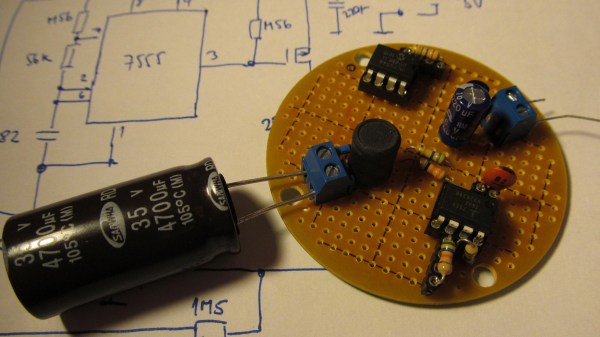Whelp, Spectre and Meltdown are the tech news du jour right now, and everyone is wondering: what is the effect of this problem on real hardware in real server rooms? Epic Games patched their machines and found something shocking. The CPU utilization for one of their online services increased about 100%. We don’t know what this server is doing, or what this process is, but the Spectre and Meltdown patches will increase CPU load depending on the actual code running. This is bad for Epic — they now have to buy an entirely new server farm. This is doubly bad for Intel, and there is speculation of a class action suit floating around the darker corners of the Interwebs.
It is with a heavy heart that I must report the passing of John Young, the only person to have commanded four different classes of spacecraft (five if you include the lunar rover), including the first launch of the Space Shuttle. He was, simply, the most badass astronaut to ever live. Need proof of that? His heart rate during the launch of a Saturn V was seventy.
By the time this post is published, you’ll have less than twenty-four hours to submit your project to the Coin Cell Challenge. Get to it!
A short reminder that Shmoocon is a mere two weeks away. What is Shmoocon? A totally chill cyber/sec/hacker con at the Washington D.C. Hilton (yes, where Reagan was shot). We’ll be there, and we’re looking for some like-minded Hackaday peeps to chill out with. Want a meetup? Reply in the comments.
A few years ago, the ESP8266 appeared out of the blue in a few Chinese reseller’s web shops, and everything has been gravy since. Now there’s a new magic do-everything chip appearing on AliExpress and Taobao. It’s the RDA5981, a chip with an ARM Cortex M4 core, 32Mbit of Flash, 192k or user RAM, b/g/n WiFi, I2S, and enough peripherals to be useful. Given the support for a MIC, line in, MP3, WAV, WMA and AAC, it appears this is an all-in-one chip designed for Bluetooth speakers or some other audio application. You can find modules on Alibaba and a few breakout boards on Taobao.
According to my sources (the press releases that somehow slipped through the ‘CES’ filter on my email), the world’s fastest, smallest, biggest, least expensive, and newest drone is set to be unveiled at CES in Vegas this week.



















